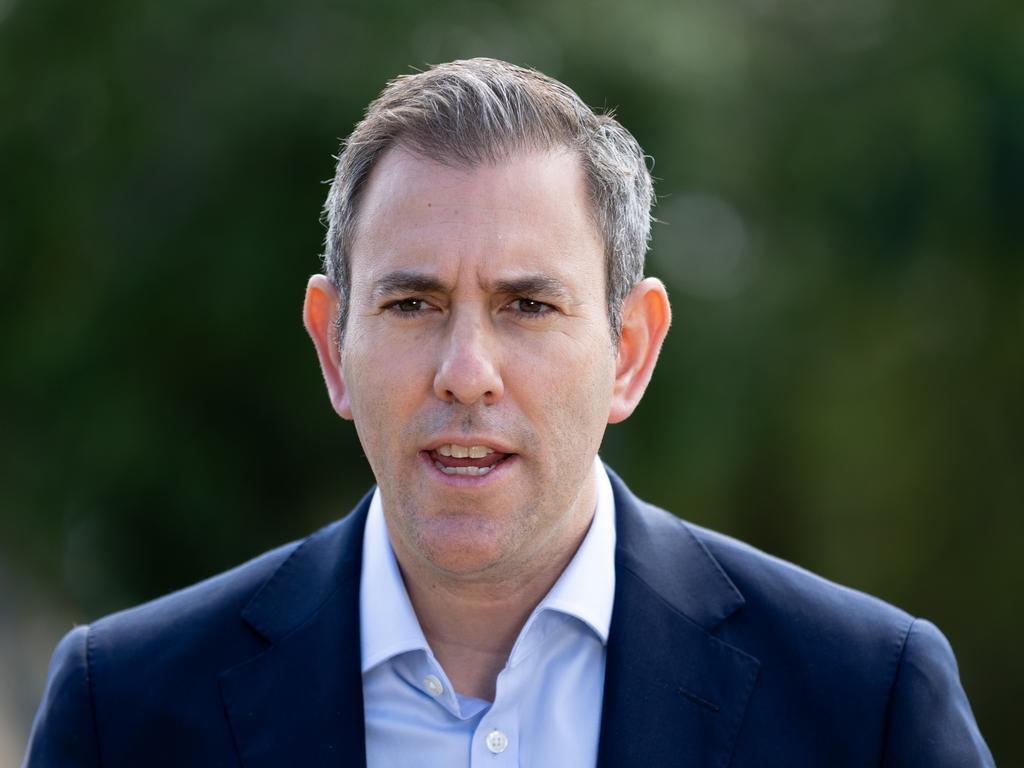
For Anthony Albanese and Jim Chalmers the summit is another step in creating a new post-Morrison culture. It will be a mix of optics, reality and public relations. The aim is to secure greater employer-union agreement, tangible policy gains and cultural change in decision-making. The more Albanese achieves this, the longer his political honeymoon.
Albanese says he wants the summit moving to agreements but “the biggest single outcome” he wants “is the beginning of a new culture of co-operation”. He repudiates the view that co-operation is capitulation. Instead, he says a better economy is “our shared responsibility”. This penetrates to the conundrum of the summit – indeed, of the Albanese government – whether its co-operative policy agenda can successfully tackle Australia’s formidable basket of challenges ranging from inflation to poor wages and feeble productivity.
So far the government has been masterful on the politics. Albanese has picked the mood. He says people are “doing it tough” but that “Australians have conflict fatigue”. Labor is aligned with the focus groups. Albanese’s tactic is to hold out hope, operate with integrity, champion co-operation and talk up a new brand of politics. The more he discredits Scott Morrison the better his brand looks.
The atmospherics of the summit are predetermined. The Prime Minister and his Treasurer have defined the spirit they want and Australia, a respectful democracy, will surely see most stakeholders honour that spirit. Consensus is not the test. Albanese’s aim is to expand what he calls “the common interest”. In the hands of an astute government the “common interest” becomes a method of framing and legitimising the policy directions Labor seeks.
Comparisons with the 1983 summit are irresistible but misleading. At that meeting Bob Hawke and Paul Keating persuaded the business class to accept the principles of the ALP-ACTU Accord with Hawke’s business mate, Peter Abeles, saying in admiration that business felt “as though we had been invited to play single tennis against a champion doubles combination”. In the end, business had little choice but to accept Hawke’s terms and make the most of them.
As Hawke proved, the common interest is an effective framing for Labor. In his Monday speech Albanese cast Labor as pro-worker and pro-business. Hawke proved, contrary to critics, such a framing can endure subject to one indispensable requirement: getting economic results, higher growth, more jobs and lower inflation. For Hawke, the magic was political consensus combined with economic outcomes. But Albanese will find the economic outcomes a lot more difficult.
What will the common interest at the summit look like? Probably action on skills and training, support for higher skilled immigration, initiatives on participation and inclusion, a possible shift to multi-employer bargaining in some sectors given the agreement between the ACTU and the Council of Small Business Organisations Australia and, hopefully, new directions to save enterprise bargaining by altering the highly technical “better off overall” test. You can be sure the rhetoric surrounding the conclusions will exceed the outcomes.
The summit will further stamp the character of the government – a modest reforming government seeking common ground for its policies, keen to snap up any agreement between unions and business, happy to exploit divisions among the business lobbies and anxious to deliver tangible gains for the unions.
Albanese, wisely, casts the summit as the start of a long process. Much depends on whether enterprise bargaining can be resurrected by making it easier for the Fair Work Commission to stamp deals that have been negotiated. The test is whether Labor’s summit succeeds where the Morrison government dialogue failed.
Albanese was enthusiastic about ABC-TV’s Insiders dialogue involving Business Council of Australia chief Jennifer Westacott and ACTU secretary Sally McManus, offering hope of progress on enterprise bargaining. The PM said he took “great heart” from such “a mature debate about the common interest” – but that merely raises expectations.
Industry-wide bargaining will become a test case of Labor’s judgment. There is strong opposition from most business lobbies with Australian Industry Group chief executive Innes Willox saying it must be treated with “extreme caution” and others warning of a reversion to a pre-Keating model of industry-wide deals. Is this progress or regression? Albanese rightly says “we can’t return to business as usual”. The task, therefore, is for the summit to look forward, not backward.
Albanese made clear he was prepared to lead. “If you wait for everyone to agree to everything, not much will happen,” he said. This signals Labor’s core dilemma – it needs results. A new culture is fine but its legitimacy depends on outcomes. How does Labor get the results it needs? The problem for the Albanese government is the gulf between its pledges and its delivery given the modesty of its policy mandate.
The new PM talks up a storm of ambition. His script is perfect. Labor is building a “fair wage, strong-growth, high-productivity economy”. He pledges “a multibillion-dollar boost to productivity and participation without adding to inflation” based on advanced manufacturing, cheaper and cleaner energy, better skills and a Labor agenda of “reform and renewal” after what Albanese dismisses as the “division and dysfunction” under the Morrison government.
This is Labor’s world – yet there is another world, far more daunting. In this world interest rates are going to rise further, cost-of-living pressures will intensify, energy prices will increase, labour shortages won’t easily dissipate, real wages will remain negative for at least another year, probably longer, people will feel under more pressure and the global economy faces a serious downturn.
Chalmers has worked furiously to play down expectations. He’s right. There are no easy solutions. A productivity agenda is essential but it is long-run. Albanese’s program for better childcare, improved aged care, the transition to renewables, action on the gender pay gap, new IR laws to strengthen job security and better pay deals for workers in the care economy is a busy and mainly worthwhile agenda but surely inadequate before the challenge. It is, however, an agenda likely to deliver political dividends. Is this the government’s character: incremental economic reform with a “common interest’ foundation that delivers ongoing political support for Labor’s core constituencies?
The progressive class is restless. It senses Labor’s agenda is inadequate. It seeks to fill the vacuum; witness its attack on the stage three income tax cuts (that no minister will defend on merit), its push for stronger action on climate, faster action on childcare and a more aggressive spending agenda. This push is filled with pitfalls.
The test for the summit is establishing the right direction for the country. That means diagnosing what Australia has got right and what needs to be reformed. It means identifying the guidelines for future reform that over time may deliver on Albanese’s promises.








This week’s jobs summit is about verifying the new mood in Australia, having elites demonstrate they believe in agreement and co-operation. On display now and in coming months is that potent force, the authority of a new prime minister when seeking progress based on consultation and negotiation.